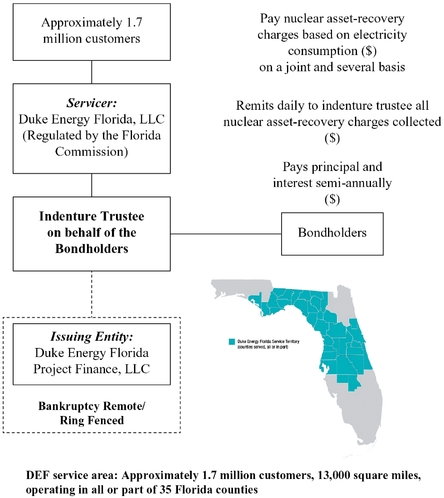Whats the Undeposited Funds account?

When you receive cash and check payments from customers, you first place them into the Undeposited Funds account instead of directly depositing them in your actual bank account. When all checks and cash payments are entered and you’re ready to deposit them, you can take them out of the Undeposited Funds account and make a single deposit in your bank account. You can then review your deposit to see if the amount recorded matches the total fund deposited. Think of undeposited funds as a virtual cash register or a temporary safe where you store your customer payments until you’re ready to deposit them into your physical bank account.
No, the Undeposited Funds account itself doesn’t need to be reconciled. Reconciliation is done when you move undeposited funds in QuickBooks to your actual bank account. In this guide, we will walk you through the steps to clear undeposited funds in QuickBooks Online. We will ecommerce accountant explain the concept of undeposited funds and why it is important to clear them. We’ll also provide you with a step-by-step process to help you confidently clear undeposited funds in your QuickBooks Online account. QuickBooks takes care of invoice payments processed with QuickBooks Payments for you.
Learn how to use the Undeposited Funds account in QuickBooks Desktop. Learn how to use the Undeposited Funds account in QuickBooks Online. Strictly Necessary Cookie should be enabled at all times so that we can save your preferences for cookie settings. Let’s look at them in more detail to get a better hold on how to work with the Undeposited Funds Account in QuickBooks. You can also search by invoice number instead of customer name.

How To Enter A Loan In Quickbooks
By thoroughly reviewing and organizing your transactions in the undeposited funds account, you ensure that you have an accurate and complete record of the payments you intend to clear. This sets the stage for a smooth and accurate clearing process as you move on to the next steps. When you receive a payment from a customer, QuickBooks Online automatically assigns it to the undeposited funds account instead of directly depositing it into your bank account. This offers you more control over your cash flow and simplifies your bookkeeping process.
- This two-step process ensures QuickBooks always matches your bank records.
- We will explain the concept of undeposited funds and why it is important to clear them.
- To help you better understand how to complete the form, let’s use an example.
You’re our first priority.Every time.
Once done, click Save and close or Save and new to complete the deposit. When you scroll down the Sales receipt form, you’ll see additional sections, including information about the product purchased by the customer or service rendered. Here, you can select the product or service from your list or create a new one if needed. For this, we have a detailed guide on how to set up the products and service list in QuickBooks Online. When you immediately receive a cash or a check for a sales transaction without having created an invoice, then you must use the Sales receipt form to record the check and revenue.
Step 1: Put payments into the Undeposited Funds account
This step ensures accuracy and reduces the chances of errors or discrepancies in your records. Now that you have created a new bank deposit form in QuickBooks Online, it’s time to select the payments that you want to include in the deposit. These payments will be moved from the undeposited funds account and recorded in the bank deposit. Once you’re in the undeposited funds account, you will see a list of the payments that have been recorded but not yet deposited. Make sure that all the payments are from customers and that they correspond to actual invoices or sales receipts. Understanding how undeposited funds work in asset in accounting • asset turnover ratio QuickBooks Online is essential to ensure that you correctly handle customer payments and maintain accurate financial records.
Step 3: Create a new Bank Deposit
While processing invoice payments outside of QuickBooks and receiving payments for an invoice, QuickBooks will put them into Undeposited Funds automatically. Since both transactions were dated on Jan. 29, the first thing to check for is a deposit in your Bank Register for $2,062.52 dated on or around Jan. 29. It’s possible the deposit was posted straight to an Income account rather than matched to payments received. Also check for two separate deposits for $1,675.52 and $387, respectively. For example, let’s say Willie’s Widgets paid you $300, Wally’s Whatsits paid you $750 and Whitley’s Whosits paid you $200. However, you need to properly credit each customer for their payment.
As you select payments, you will see the total amount accumulating at the bottom of the bank deposit form. This provides you with real-time feedback on the total funds that will be moved and recorded in the bank deposit. After saving the bank deposit, QuickBooks Online will create a new transaction that represents the deposit in your bank account. Review the transaction details to ensure accuracy, and make any necessary adjustments or additions. If you have checks to deposit that didn’t come through the normal invoicing and sales receipt process, you can add those checks in the Add funds to deposit section. If you notice any errors or difference between independent and dependent variables discrepancies, take the time to correct them.
Posting each payment to the Undeposited Funds account and then recording the deposit in QuickBooks Online allows you to do this. Using your deposit slip as a reference, combine the check and cash payments with a bank deposit. To verify the clearance of undeposited funds, navigate back to the undeposited funds account in QuickBooks Online. You will see a list of payments and their corresponding amounts.
